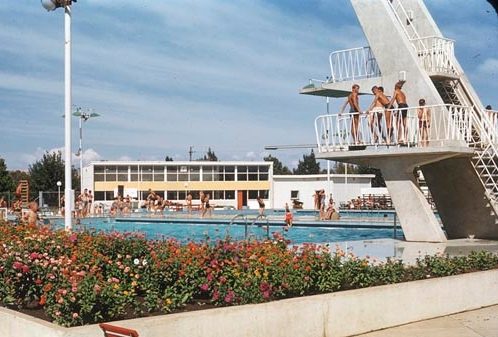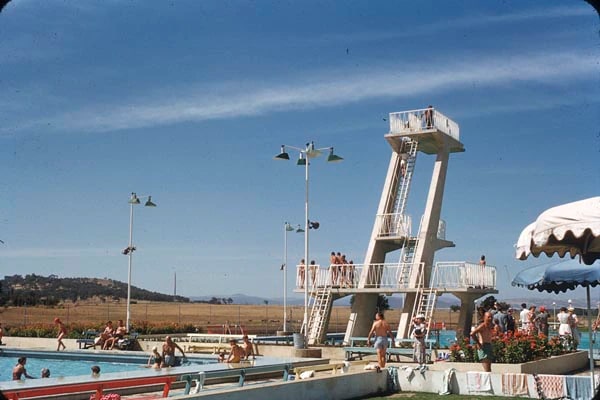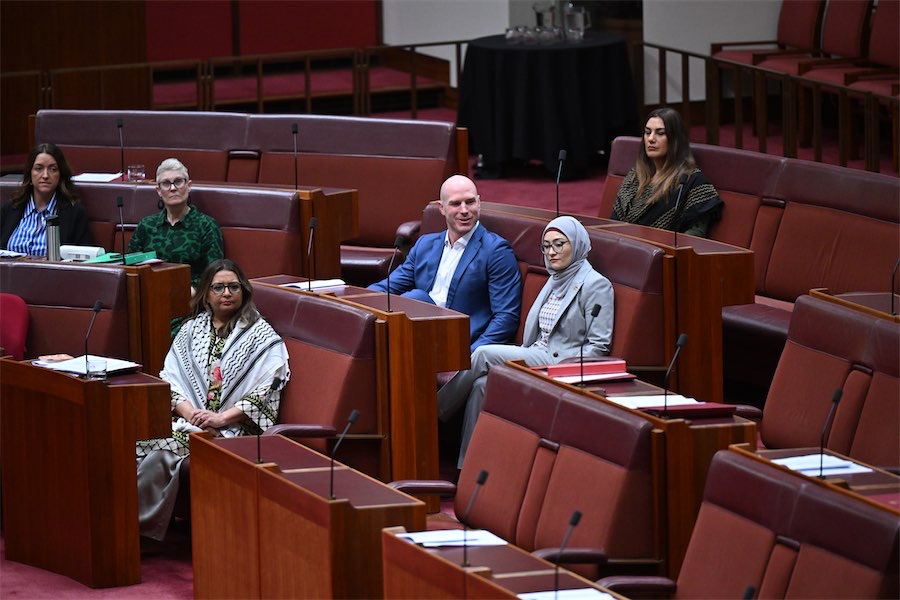
“As the work to establish a new form of Heritage Council progresses during 2023, the heritage minister should reconsider her role as a steward of the city’s past and its future heritage,” says “Canberra matters” columnist PAUL COSTIGAN.
IN August, when Heritage Minister Rebecca Vassarotti stood aside the members of the ACT Heritage Council, the problems she outlined to justify her actions did not come as a surprise to those in the know about the recent history of this ministerially appointed body.

This so-called independent council of experts had not endeared itself to people committed to heritage in this city.
The minister then called in the consultants to tell her what the problems were. When they had completed the job and told her what she already knew, she released a short summary of what the consultants found.
Apparently, people were not being nice to each other and not much serious work was being done in a timely fashion. Nothing new there.
The minister has now opened up the process to seek changes to legislation, to how things function and what the heritage council should be achieving.
The governance problem to be addressed is that the whole heritage function should be removed from being under the auspices of the Planning Directorate. Heritage discussions and decisions should not be dominated by the chief planner, who sat in on the Heritage Council’s deliberations.
To further reduce the chances of heritage being taken seriously, the ACT Heritage Unit, a couple of public servants working alongside and to the Heritage Council, is a small office down the bottom of the Planning Directorate’s hierarchy.
If the minister is keen to have heritage taken seriously, the heritage functions must be located elsewhere within the government bureaucracy – well away from the Planning Directorate’s influence and therefore no longer dependent on the whim of the planning chief for its resources and personnel.
While it could be a step in the right direction to have axed the council and to have set up a process whereby things will change, there are other matters that the minister needs to address.
It was common for the Heritage Council to not recognise significant buildings and places. The reasons were outlined in reports and often did not make much sense. The unstated reasons are more likely that there is the desire within this government to leave the options open for particular sites and buildings to be axed in the future and the land used for favoured (money making) developments.

The Canberra Olympic Pool in Civic is one such site. While loads of silly reasons have been framed for this site to be used for a stadium, the proposals sideline the heritage values of this facility and its grounds. Also sidelined is the reality that the pool is in constant use by dedicated groups – as well as being used to train younger people to swim and to be safe around water. People use the facilities to exercise. They do not just sit there and watch others run about kicking a ball.
The Civic pool being on the side of the CBD is accessible to residents, office workers and others in nearby suburbs who enjoy the opportunities to stay fit and to exercise. The pool may not have been heritage listed by the now-axed Heritage Council, but that has not denied that this land and the pool, although altered over the years, is part of the heritage fabric of the centre of the city. It should not be bulldozed.
As with other areas of significance within her portfolio, this Heritage and Environment minister needs to be more proactive and should be doing whatever it takes to have these pool facilities and its lands enhanced for future generations.
This may cost big money to get faults rectified, but that is a challenge that any minister who is dedicated to their portfolio would take on.
As the work to establish a new form of Heritage Council progresses during 2023, the heritage minister should reconsider her role as a steward of the city’s past and its future heritage.
The minister needs to be determinedly vocal about having the new council and its supportive unit housed somewhere else – being well away from the Planning Directorate. Then and only then, would a well-resourced senior heritage officer and the new council be free to take heritage arguments up to other directorates including to insist that the planners take heritage much more seriously than at present – which is not much at all.
The axing of the former Heritage Council has provided a fantastic and rare opportunity to get this heritage stuff right. Is this heritage minister up for the challenge?
Paul Costigan is a commentator on cultural and urban matters. There are more of his columns at citynews.com.au
Who can be trusted?
In a world of spin and confusion, there’s never been a more important time to support independent journalism in Canberra.
If you trust our work online and want to enforce the power of independent voices, I invite you to make a small contribution.
Every dollar of support is invested back into our journalism to help keep citynews.com.au strong and free.
Thank you,
Ian Meikle, editor








Leave a Reply